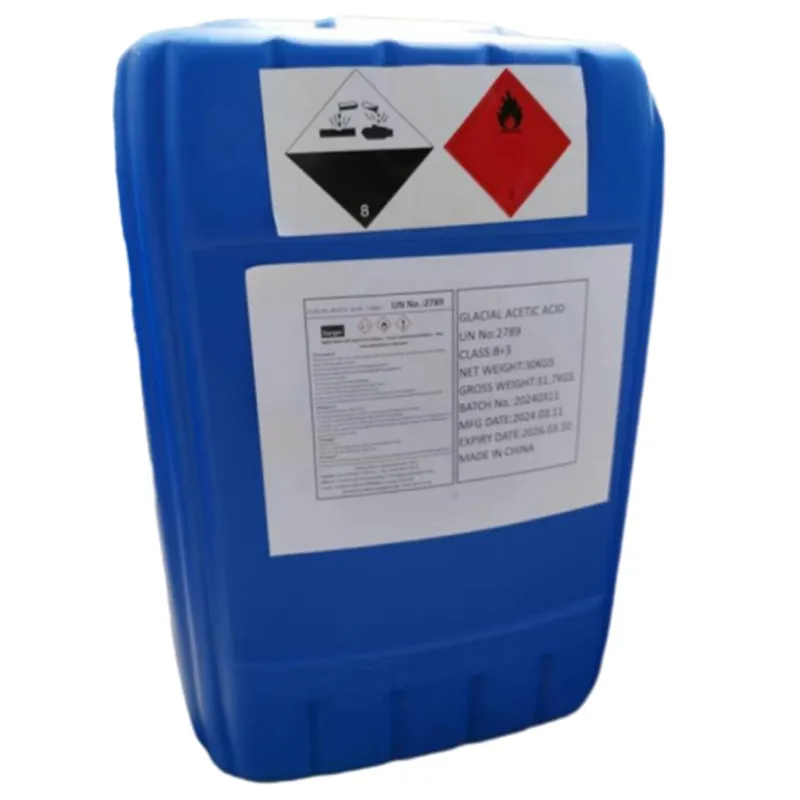
preservative 222
Understanding Preservative E222 Sodium Bisulfite
In the world of food chemistry, preservatives play a pivotal role in extending the shelf life of products and ensuring safety for consumers. One such compound, Sodium Bisulfite, is represented by the E number E222. This food additive is widely recognized for its antioxidant properties and ability to inhibit microbial growth, making it a valuable ingredient across various food industries.
What is E222?
E222 is a sodium salt of bisulfite, characterized by its chemical formula NaHSO3. It is primarily produced by the reaction of sulfur dioxide with sodium carbonate or sodium hydroxide. As a preservative, E222 functions by releasing sulfur dioxide when it dissolves in water, which helps to deter the growth of bacteria, molds, and yeast. Due to these properties, E222 is commonly employed in the preservation of dried fruits, wines, and various processed foods.
Applications of E222
1. Preservation of Dried Fruits One of the most common uses of E222 is in the treatment of dried fruits such as raisins, apricots, and figs. The antioxidant properties help to maintain the fruits' color, flavor, and nutritional value, while also preventing spoilage during storage.
2. Winemaking In the wine industry, Sodium Bisulfite is used to stabilize wines by preventing oxidation and maintaining freshness. It assists in preserving the delicate flavors and aromatic properties of the wine, allowing for a longer shelf life.
3. Food Processing E222 is also found in various processed foods, including pickles and sauces. Its ability to inhibit microbial growth ensures these products remain safe for consumption over extended periods.
preservative 222

Safety and Regulations
The use of E222 is regulated in many countries, and its safety has been the subject of numerous studies. While it is generally recognized as safe (GRAS) when used in appropriate amounts, some individuals may experience allergic reactions or sensitivities, particularly those with asthma. For this reason, regulatory agencies typically set maximum allowable limits for its use in food products.
The European Food Safety Authority (EFSA) and the U.S. Food and Drug Administration (FDA) evaluate substances like E222 to ensure they pose no significant health risks to consumers. In these evaluations, factors such as short-term and long-term effects, potential allergic reactions, and the concentration in which they are used must all be taken into account.
Alternatives to E222
Although E222 is effective, there is a growing preference for natural preservatives in the food industry due to consumer demand for clean-label products. Alternatives such as citric acid, vinegar, or natural antioxidants like rosemary extract are being explored to substitute synthetic additives like Sodium Bisulfite. These alternatives aim to provide similar preservation benefits while minimizing potential health risks associated with chemical preservatives.
Conclusion
In summary, E222 (Sodium Bisulfite) is a crucial preservative in the food industry, offering numerous benefits such as extending shelf life, preventing spoilage, and maintaining flavor and color in various products. While its safety is generally affirmed through regulatory assessments, consumer awareness and preference are pushing for a shift towards more natural alternatives. Understanding the role and implications of preservatives like E222 is vital for both consumers and manufacturers as they navigate the complex landscape of food safety and health. As our food system continues to evolve, the balancing act between effective preservation and health consciousness will remain a significant topic of discussion.
-
Why Glacial Acetic Acid Food Grade Is Essential in FlavorNewsMay.26,2025
-
Surging Export Growth of Food Additives in ChinaNewsMay.26,2025
-
How Ammonium Nitrate Fertilizer Boosts Crop YieldsNewsMay.26,2025
-
How 1,2,3-Benzotriazole Shields Plastics from UV DegradationNewsMay.26,2025
-
Cyanide in Gold Mining: Protecting People and the PlanetNewsMay.26,2025
-
Aluminum Hydroxide in Modern Sunscreen FormulationsNewsMay.26,2025
-
Understanding Synthetic Rubber OptionsNewsApr.27,2025
Hebei Tenger Chemical Technology Co., Ltd. focuses on the chemical industry and is committed to the export service of chemical raw materials.
-

view more DiethanolisopropanolamineIn the ever-growing field of chemical solutions, diethanolisopropanolamine (DEIPA) stands out as a versatile and important compound. Due to its unique chemical structure and properties, DEIPA is of interest to various industries including construction, personal care, and agriculture. -

view more TriisopropanolamineTriisopropanolamine (TIPA) alkanol amine substance, is a kind of alcohol amine compound with amino and alcohol hydroxyl, and because of its molecules contains both amino and hydroxyl. -

view more Tetramethyl Thiuram DisulfideTetramethyl thiuram disulfide, also known as TMTD, is a white to light-yellow powder with a distinct sulfur-like odor. It is soluble in organic solvents such as benzene, acetone, and ethyl acetate, making it highly versatile for use in different formulations. TMTD is known for its excellent vulcanization acceleration properties, which makes it a key ingredient in the production of rubber products. Additionally, it acts as an effective fungicide and bactericide, making it valuable in agricultural applications. Its high purity and stability ensure consistent performance, making it a preferred choice for manufacturers across various industries.











